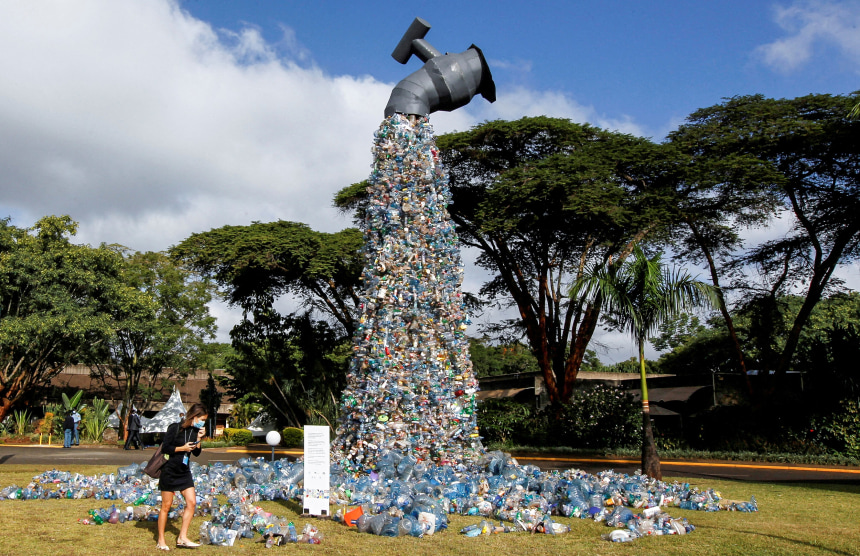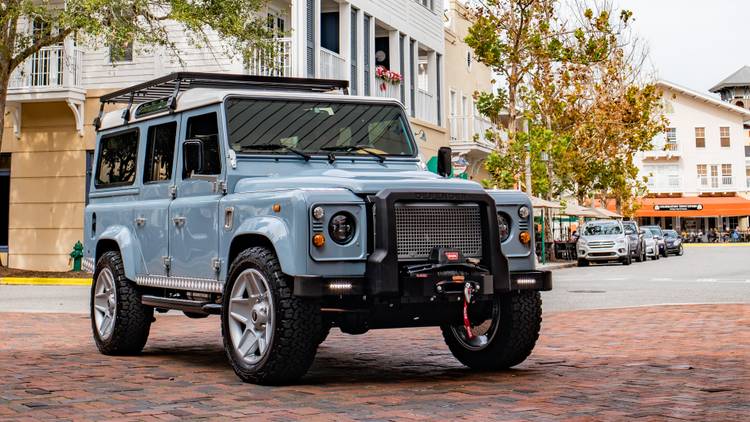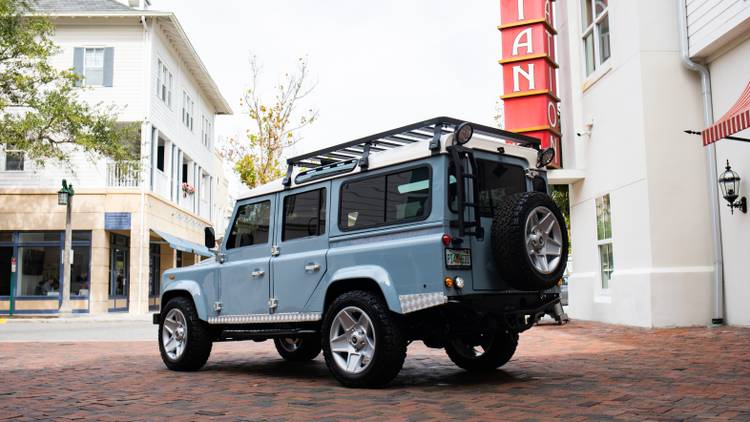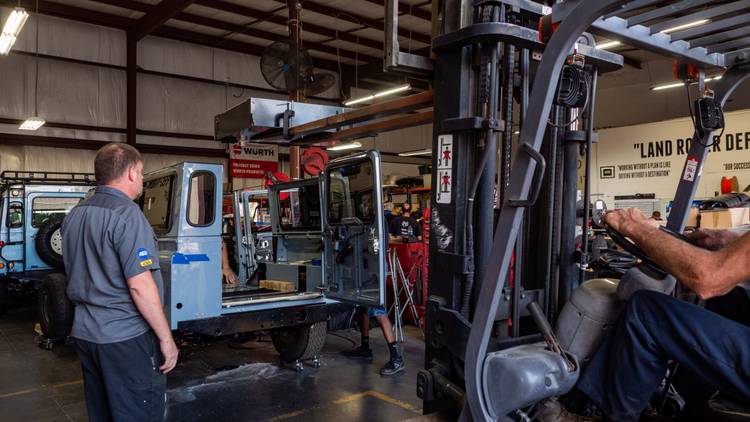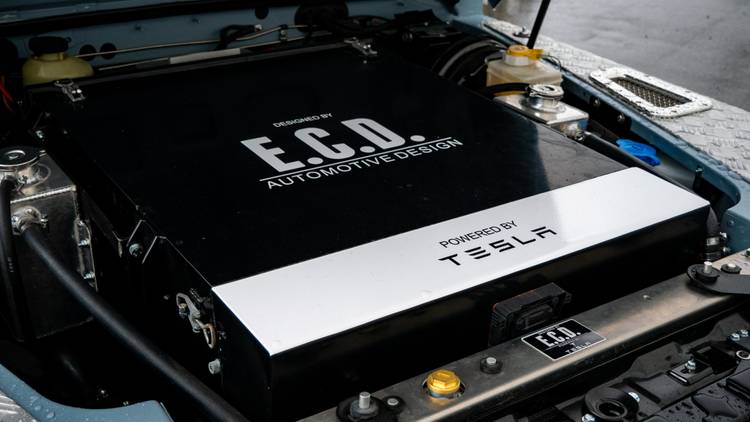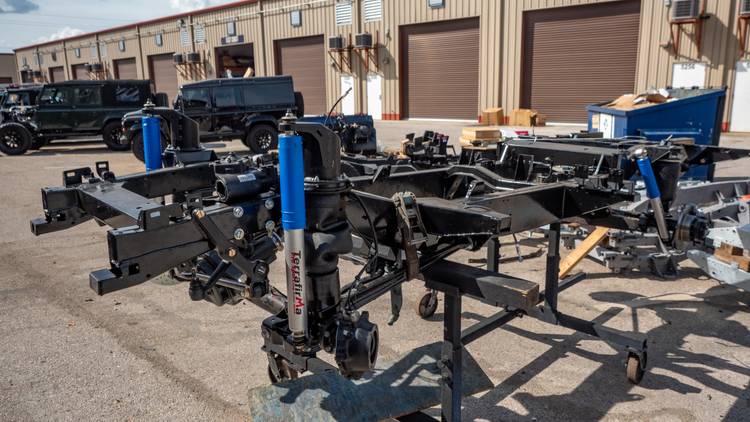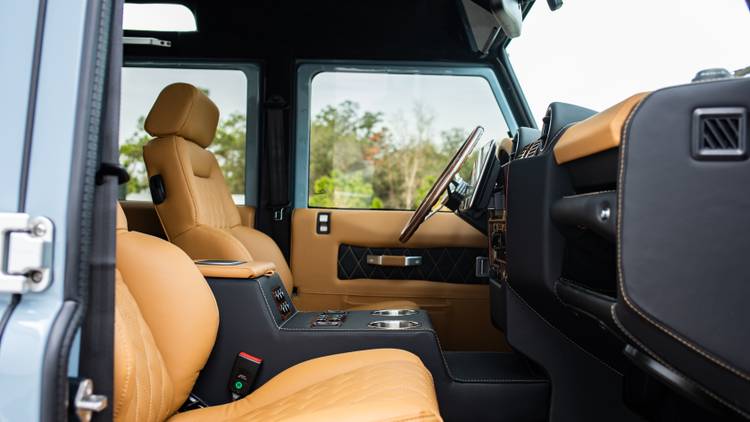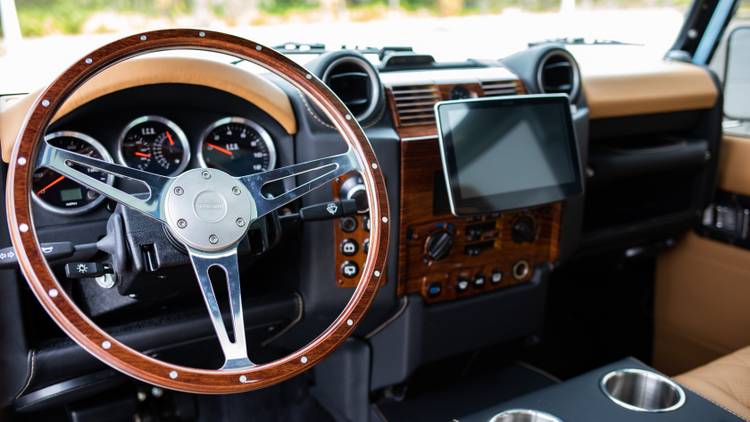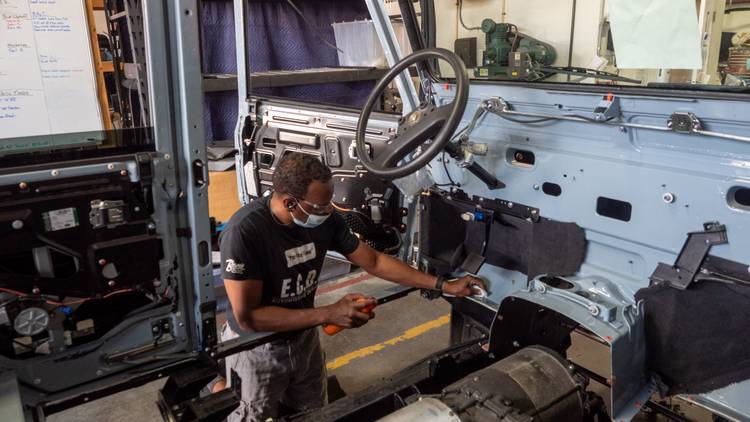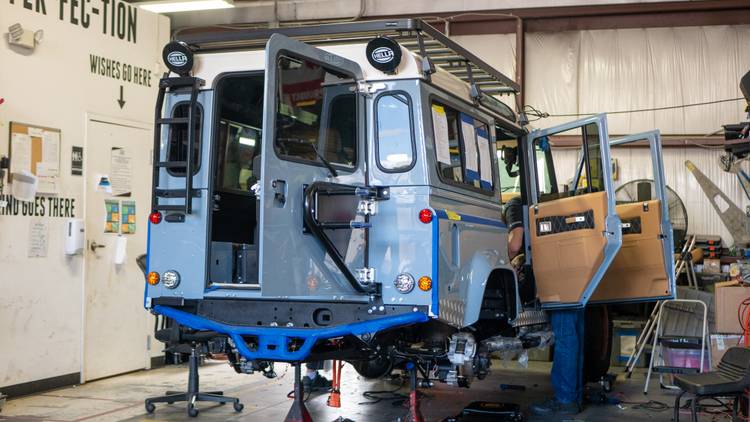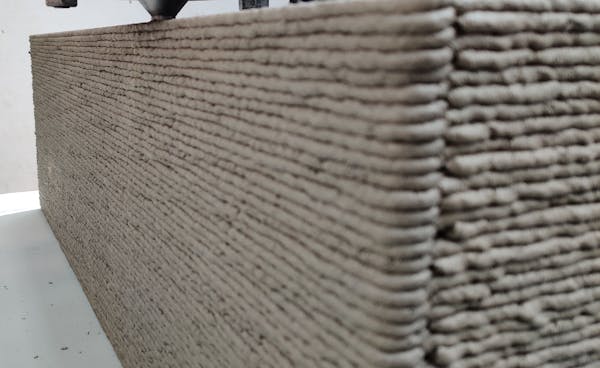
Kotchakorn Voraakhom, 43, is a Thai landscape architect whose firm, Landprocess, focuses on social and environmental transformation through projects like canal gardens, water-storing parks and rooftop farms.
You grew up in Bangkok, received your master’s degree from the Harvard Graduate School of Design and worked for landscape architecture firms in the United States before returning to Bangkok and starting your own firm. Your work combines both international and local perspectives. What is the advantage of this approach?
Responding to climate change is not something generic. We need to tailor each solution to a culture and a setting. Here in Thailand it is about drought and flood. This is not about melting ice. There are flash floods, and floods that come to stay. There are different patterns of nature. And they’re different than they used to be. We need to adapt.
Your designs explore both landscape and water. Can you talk about your connection to both?
I still remember sneaking into the canals as a child and seeing the greenery along them. Already there was less and less nature around them, but it was such a healing moment for me. My house was a rowhouse along the main road. We had no backyard, just the street. The only walks you could do were very hot, very dangerous and very polluted.

Bangkok is built on wetlands and prone to heavy rains. What can be done about the frequent flooding?
When my firm builds parks, we’re accepting that they will flood. Right now, when we build for floods in Thailand, we see it with fear. We’re building dams higher and higher. That’s how you often deal with uncertainty — with fear. You need to deal with uncertainty with flexibility, with understanding. It’s OK to flood, and it’s OK to be “weak.” That means resilience. With that mind-set, you create designs that talk with nature. That dance with nature. It’s very Buddhist — accepting the world as it is.
Your firm’s first major project was Chulalongkorn University Centenary Park, in the center of Bangkok, which you completed in 2017. Can you talk about that design and how it helps address flooding, overdevelopment and a lack of public space?
It was the first major park in the city in 30 years, and the university built it to celebrate its 100th anniversary. We said it’s not just about celebrating what’s been, but about helping the city and its citizens survive and thrive in the next 100 years. So, let’s try to define a new way of working with water and living in the city.
The whole park is inclined to collect water. On one end you have a series of sloping buildings containing museums, cafes, parking spaces and other functions, which we equipped with a green roof. Three underground tanks store the rainwater absorbed by the roof. The land slopes down from there to a main lawn and a series of wetlands and then continues down to a retention pond. When it rains, excess water from the green roof is filtered by the wetland, then it flows into the retention pond, which can double in size.
The concept comes partly from the idea of monkey cheeks. Our previous king [Bhumibol Adulyadej] saw that a monkey stores his food in his cheeks and then eats it when he’s hungry. This is a kind of monkey cheek for water in the city.


This seems like a good example of how you work. You tend to push the boundaries of ideas that are already themselves pushing boundaries.
There are so many things to address when you talk about public space. So if you have one chance, you want to address several problems. I don’t think one design can serve just one client. It needs to serve the whole city, the whole population, and the whole ecosystem. Design is having unexpected clients — the birds and the bees. You’re serving clients well beyond the ones that pay you.
What are the biggest challenges you face in achieving this?
Change has happened so quickly here that it’s been hard to adapt. Not long ago there were ancient towns and rice fields. Then, boom, concrete, big buildings. All this density has happened in the last 50 years. The speed of change has been too fast, and much of the response has come without direction. That’s why we need professions like urban planning and landscape architecture.
You co-founded the Porous City Network, which addresses ways to naturally reduce the impacts of flooding in Southeast Asia. Explain this effort and its challenges.
Many people don’t understand what we’re proposing if they’re not trained as architects or engineers. They think if you just build walls and dams that’s the best solution. Being designers, we have powerful tools to create images and animations, to show them what the reality will be — the impacts of big walls that they’ll have to live with forever. Do you really want that when it only floods five days per year? We work to convince them there is another way.
What are some of the challenges of being a female designer in Thailand?
My identity is confusing. In Thai culture I’m a little bit American, and in American culture I’m very Thai. I don’t want gender to be another burden.
There are many benefits to being a woman; particularly the connection to nature. I think with motherhood, the cycles of the body, we’re more in touch with nature in our bodies and our hearts.
Another benefit of being a woman is that I don’t feel afraid to lose face, and I feel more flexible because of that. Male stereotypes are so strong. For women, there are fewer expectations; you can do whatever you want. You can be yourself.
Source The New York Times


